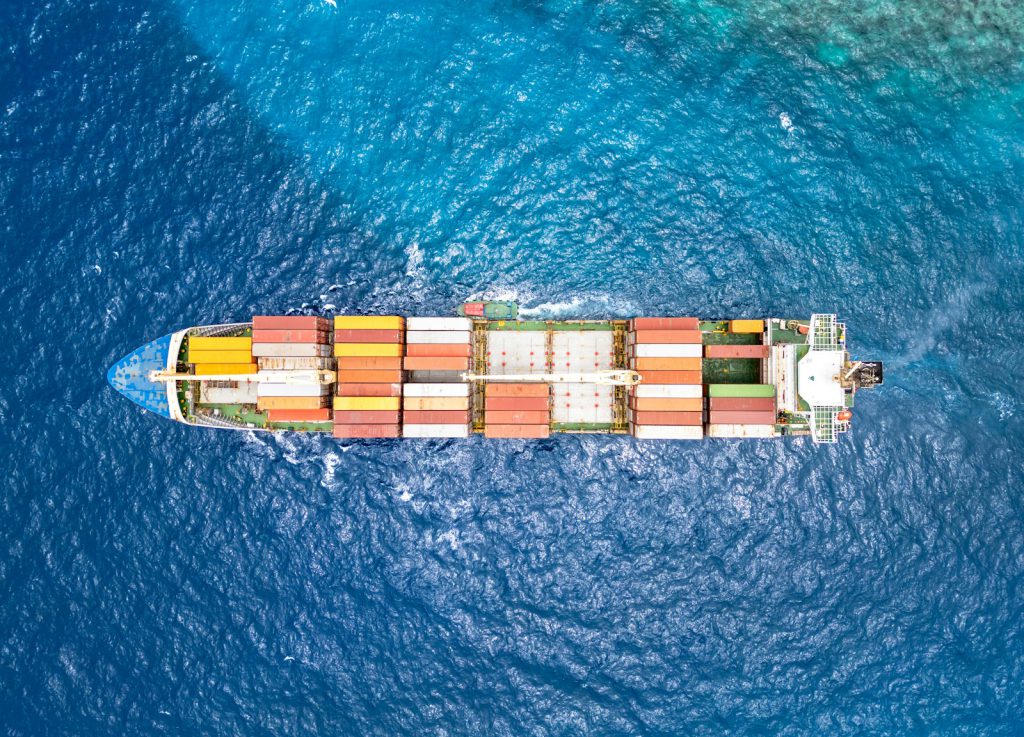As environmental concerns mount and regulations tighten, the maritime transport sector is set to undergo significant changes due to the inclusion of shipping activities in the European Union’s Emissions Trading System (EU ETS). Starting in 2024, the sector will be gradually integrated into this cap-and-trade system, reflecting a strategic move by the EU to reduce greenhouse gas emissions from maritime transport, which is responsible for a substantial portion of global emissions. The phased implementation involves allowances for emissions—a certain number are free, and additional allowances must be purchased.
EU ETS Integration
The gradual inclusion of the maritime transport sector into the EU Emissions Trading System starting in 2024 marks a pivotal step in the EU’s efforts to combat climate change. By incorporating shipping activities into the EU ETS, the EU aims to significantly reduce carbon emissions from one of the most polluting sectors. This move is part of a broader strategy to achieve the EU’s ambitious climate goals and transition towards a more sustainable future.
Phased Implementation
The phased implementation of the EU ETS for the maritime sector involves a staged approach in introducing emissions allowances. Initially, a certain number of allowances will be allocated for free, providing ship operators with some breathing room to adapt to the new regulations. However, as the system progresses, additional allowances will need to be purchased, creating a financial incentive for operators to reduce their emissions. This gradual approach ensures that the industry has time to adjust while still making meaningful progress towards reducing its carbon footprint.
Economic Implications
The economic implications of the EU ETS for the maritime industry are significant. The cost of purchasing emissions allowances will undoubtedly impact operational costs, prompting ship operators to invest in cleaner technologies and more efficient operational practices. This economic incentive is designed to drive innovation and encourage the adoption of green technologies, ultimately leading to a more sustainable maritime sector. However, the financial burden of compliance may vary across different fleets and vessel types, necessitating a tailored approach to managing these costs.
Market Dynamics
The EU ETS operates on a market-driven basis, where the cost of emissions allowances is influenced by supply and demand dynamics. As the demand for allowances increases, so too will their price, creating a fluctuating market that ship operators must navigate. This market-driven aspect adds an additional layer of complexity to the EU ETS, as operators must not only comply with regulations but also strategically manage their allowances to minimize costs. Understanding and anticipating market trends will be crucial for operators looking to maintain their competitiveness in this evolving landscape.
Operational Adjustments
To comply with the new regulations, ship operators will need to make significant operational adjustments. These adjustments will vary across different types of vessels and fleets, requiring a tailored approach to compliance. For some operators, this may involve investing in new technologies or retrofitting existing vessels to improve their efficiency. Others may need to adopt new operational practices, such as optimizing routes or reducing speeds, to minimize their emissions. Regardless of the approach, the need for operational adjustments underscores the importance of flexibility and innovation in navigating the challenges posed by the EU ETS.
Global Maritime Objectives
The EU’s efforts to reduce emissions from the maritime sector are aligned with broader international goals set by the International Maritime Organization (IMO). The IMO has set a target to halve the industry’s greenhouse gas emissions by 2050 compared to 2008 levels. By integrating the maritime sector into the EU ETS, the EU is contributing to these global efforts and demonstrating its commitment to leading the way in climate action. This alignment with international objectives highlights the importance of coordinated efforts in addressing the global challenge of climate change.
Strategic Business Decisions
As companies navigate the new regulations, strategic business decisions will be crucial in balancing compliance with maintaining or enhancing competitive advantage and operational efficiency. Ship operators will need to carefully consider their investment in green technologies, the management of emissions allowances, and the optimization of their operations. These decisions will not only impact their ability to comply with regulations but also their long-term competitiveness in a rapidly changing industry. By making informed and strategic choices, companies can position themselves for success in the new regulatory landscape.
In conclusion, the inclusion of the maritime transport sector in the EU Emissions Trading System represents a significant shift towards a more sustainable future. The phased implementation, economic implications, market dynamics, and operational adjustments required by the EU ETS will undoubtedly pose challenges for the industry. However, by aligning with global maritime objectives and making strategic business decisions, ship operators can navigate these changes and contribute to the broader goal of reducing greenhouse gas emissions. As the industry adapts to this new reality, the EU ETS will play a crucial role in shaping the future of maritime transport.

